 s. We’re manufacturing reps. We sell products not because of how much they cost but because we’ve thoroughly vetted the manufacturer and we think that those products are the best on the market for the job.
s. We’re manufacturing reps. We sell products not because of how much they cost but because we’ve thoroughly vetted the manufacturer and we think that those products are the best on the market for the job.
Now, before I get blown out of the water on this, let’s get something straight right away: price IS important. There are budget constraints on every single project and I understand that staying within budget guidelines is a critical piece of doing business. But the lowest price shouldn’t always win. Sometimes it can and should because the lowest priced item is exactly right for the job. But there are a number of reasons why price shouldn’t always be the determining factor.
- You can spend less but pay more in the end. Let’s say you go with the lowest price parts you can get for a pump repair. You pay either an outside technician or one of your own staff to fix it. The part breaks after a few days of operation. You buy another part. You pay someone to fix it. It breaks. You see where I’m going with this, right? Sometimes it’s less expensive to buy a higher quality, higher priced part from the beginning.
- Eliminate frustration. Sometimes, less expensive equipment and parts don’t work as efficiently as you would like them to. Or perhaps they break more easily. Or they require a lot more maintenance. By purchasing the right equipment for the job, you can eliminate a lot of aggravation.
- Reduce downtime. It’s a fact: equipment failures mean downtime. If you’re planning on always spending the least amount for your parts and equipment, you should also plan to factor in hours and days to account for downtime. When you really think about it, the money that it takes to not only repair equipment (parts and labor) is only part of the equation. You’re also paying for lost production hours if the cheaper stuff fails. Invest in good equipment and parts to keep your lifecycle costs lower.
It all boils down to doing your homework. Don’t buy equipment and parts based solely on price. Ensure that what you’re buying is the right product for your project. Sometimes it will be the least expensive part or piece of equipment. But, every now and again, taking a look at long-range costs is what turns out to be the least expensive option in the end.
Buy quality. Period.


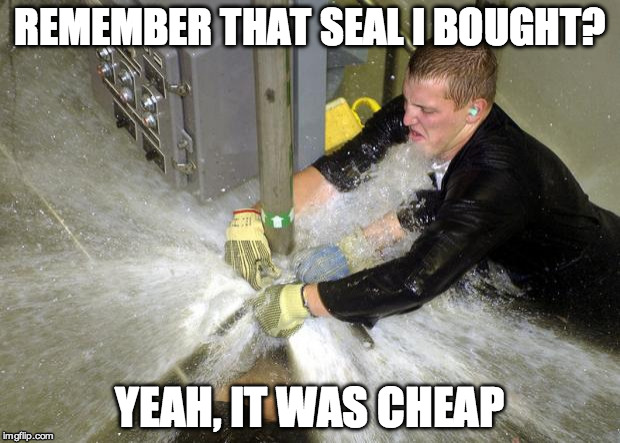
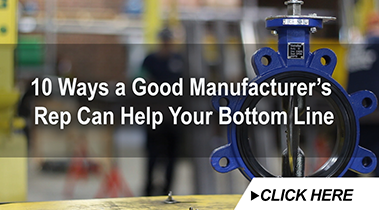

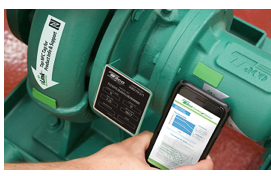
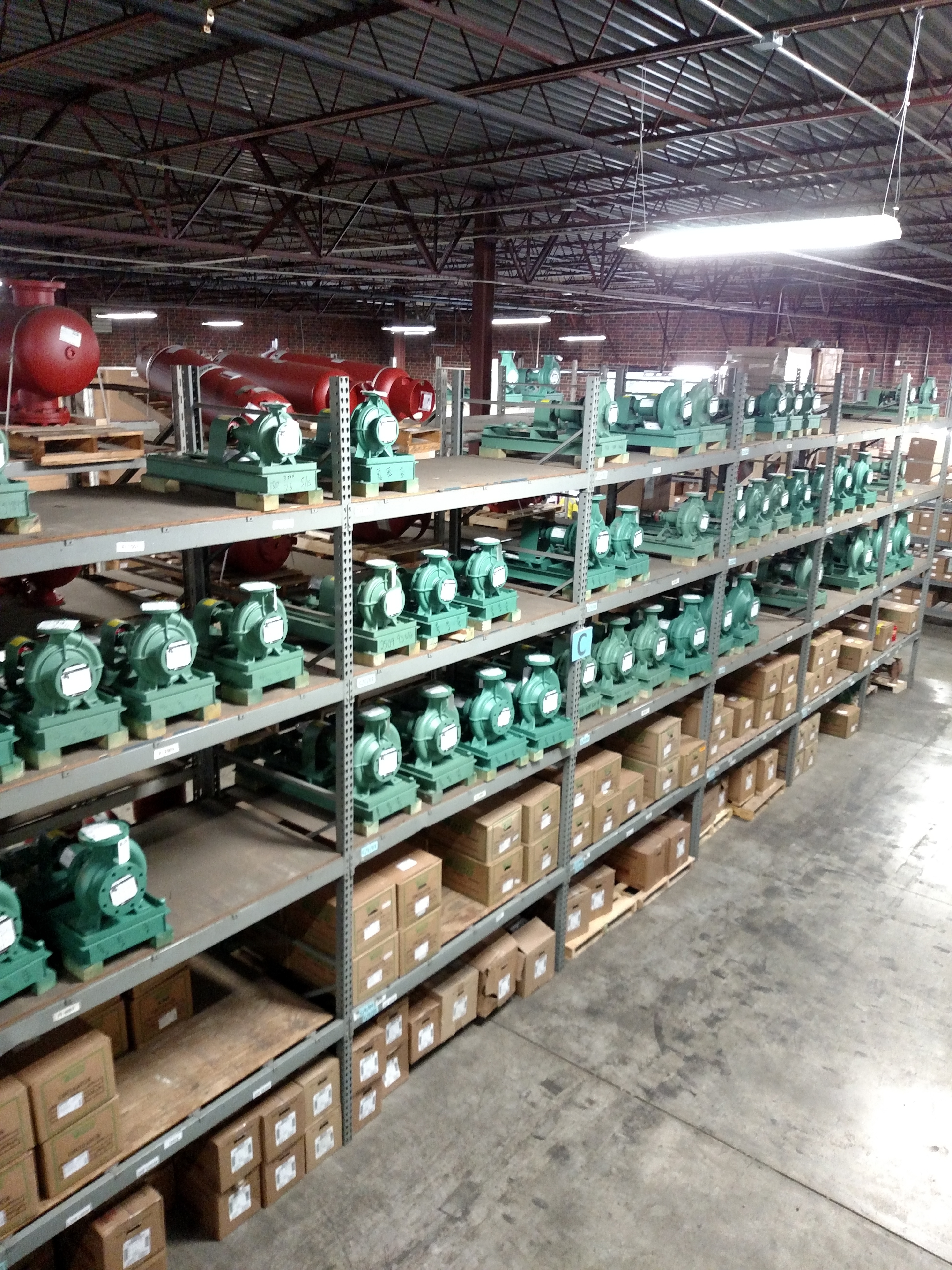
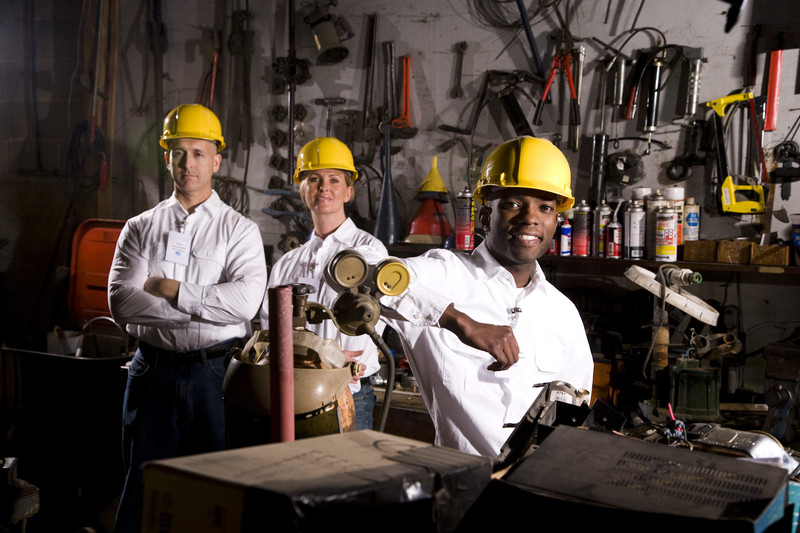



Submit a Comment